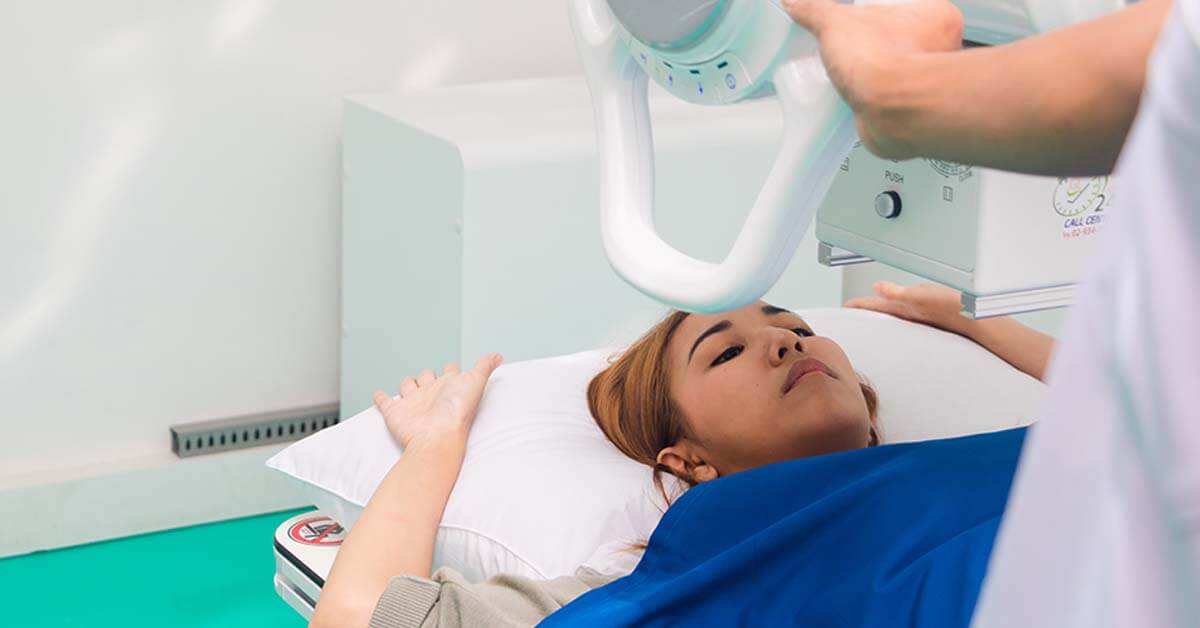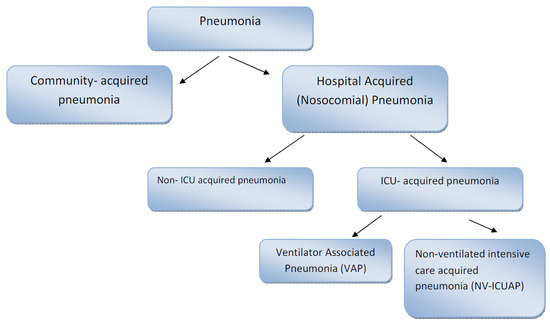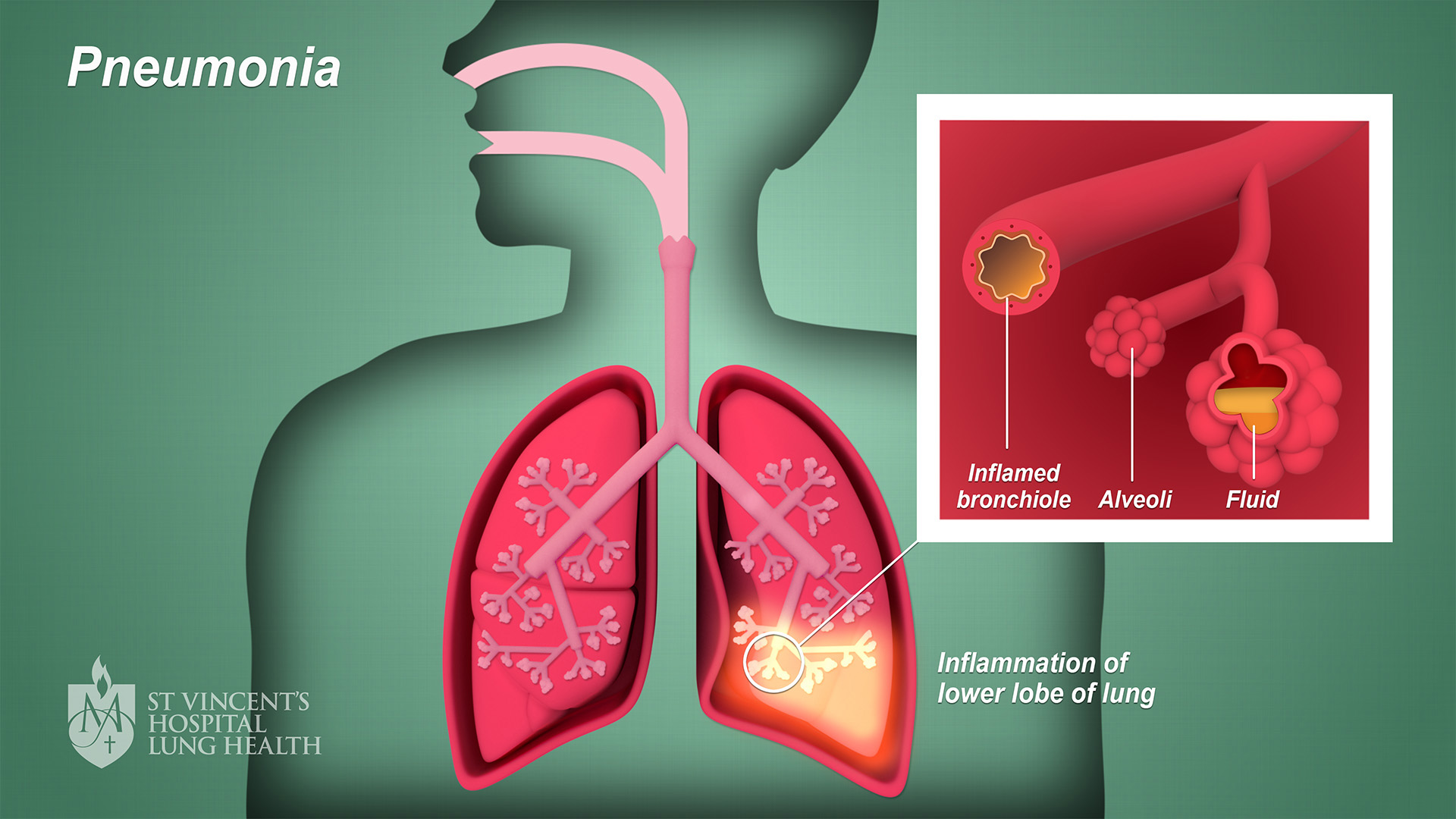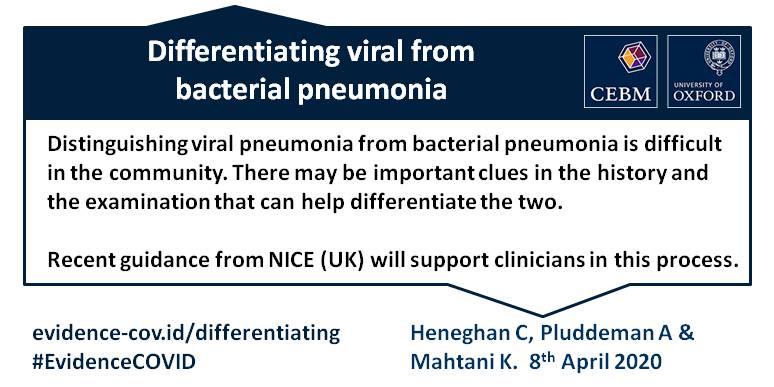Mycoplasmal Pneumonia Is Different From Pneumococcal Pneumonia in That
Many extrapulmonary infections have been attributed to Mycoplasma pneumoniae infections. The immune system naturally weakens with age so even if youre healthy and active being 65 or older is a key risk factor for pneumococcal pneumonia.
This type of bacteria usually causes mild pneumonia most often in people more than 40 years old.

. Get the pneumococcal vaccine if you. Mycoplasmal pneumonia is caused by virus while pneumococcal pneumonia is caused by a bacterium E. On the other hand 10 of the children with pneumococcal.
Mycoplasmal pneumonia is different from pneumococcal pneumonia in that NOT - The causative agent of mycoplasmal pneumonia is unknown. However a causal link is yet to be. Pneumoniae extracts nutrients grows and reproduces by binary fissionAttachment sites include the upper and lower respiratory tract causing pharyngitis bronchitis and pneumoniaThe infection caused by this bacterium is.
Apart from respiratory tract infections this organism is also responsible for producing a wide spectrum of non-pulmonary manifestations including neurological hepatic cardiac diseases hemolytic. The causative agent of mycoplasmal pneumonia cannot be cultured in the lab so Kochs postulates cannot be proved. It can disrupt your life for weeks and even land you in the hospital.
Pneumococcal pneumonia is a potentially serious disease you shouldnt ignore. Pneumoniae are sometimes referred to as walking pneumonia since symptoms are generally mild. We found no difference in clinical severity between MRMP and macrolide-sensitive Mycoplasma pneumoniae MSMP infections.
S pneumoniae and M pneumoniae are the major bacterial causes of community acquired pneumonia in children together accounting for up to 60 of cases1-3 In the present study half of the hospitalised children with M pneumoniae pneumonia had evidence of S pneumoniae coinfection. However in the pooled data patients infected with MRMP had a longer febrile period 171 days length of hospital stay 161 day antibiotic drug courses 293 days and defervescence time after macrolide treatment 204 days compared. Mycoplasma pneumonia is a bacteria that can infect humans.
It usually causes upper respiratory tract infections but can also cause pneumonia and it is one of the most common causes of atypical pneumonia in the United States. Lung infections caused by M. Mycoplasma pneumoniae is spread through respiratory droplet transmissionOnce attached to the mucosa of a host organism M.
Mycoplasma pneumonia is a common respiratory pathogen that produces diseases of varied severity ranging from mild upper respiratory tract infection to severe atypical pneumonia. The most common illness caused by these bacteria especially in children is tracheobronchitis chest cold. Mycoplasma pneumoniae bacteria commonly cause mild infections of the respiratory system the parts of the body involved in breathing.
Get the flu vaccine annuallyinfluenza on its own is unpleasant but it can also lead to pneumonia. This type of bacteria is common in crowded living spaces like dorms and prisons. The causative agent of mycoplasmal pneumonia cannot be cultured in the lab so kochs postulates cannot be proved.
It leads to a mild infection often called walking pneumonia.

Apa Bedanya Pneumonia Dengan Pneumonia Bakterial

Ijms Free Full Text Microbial Etiology Of Pneumonia Epidemiology Diagnosis And Resistance Patterns Html
Home Remedies To Manage Pneumonia Symptoms Hhc

Pneumonia St Vincent S Lung Health

Pin On Health And Wellness Infographics

Mengenal Empiema Salah Satu Komplikasi Pneumonia

Differentiating Viral From Bacterial Pneumonia The Centre For Evidence Based Medicine

Possible Symptoms Of Pneumonia Pneumonia Symptoms Pneumonia Aspiration Pneumonia

The Effects Of Pneumonia On The Body

Evaluation Of A Multiplex Pcr Panel For The Microbiological Diagnosis Of Pneumonia In Hospitalized Patients Experience From An Academic Medical Center International Journal Of Infectious Diseases

Pneumonia In Children Admitted To The National Referral Hospital In Bhutan A Prospective Cohort Study International Journal Of Infectious Diseases








Comments
Post a Comment